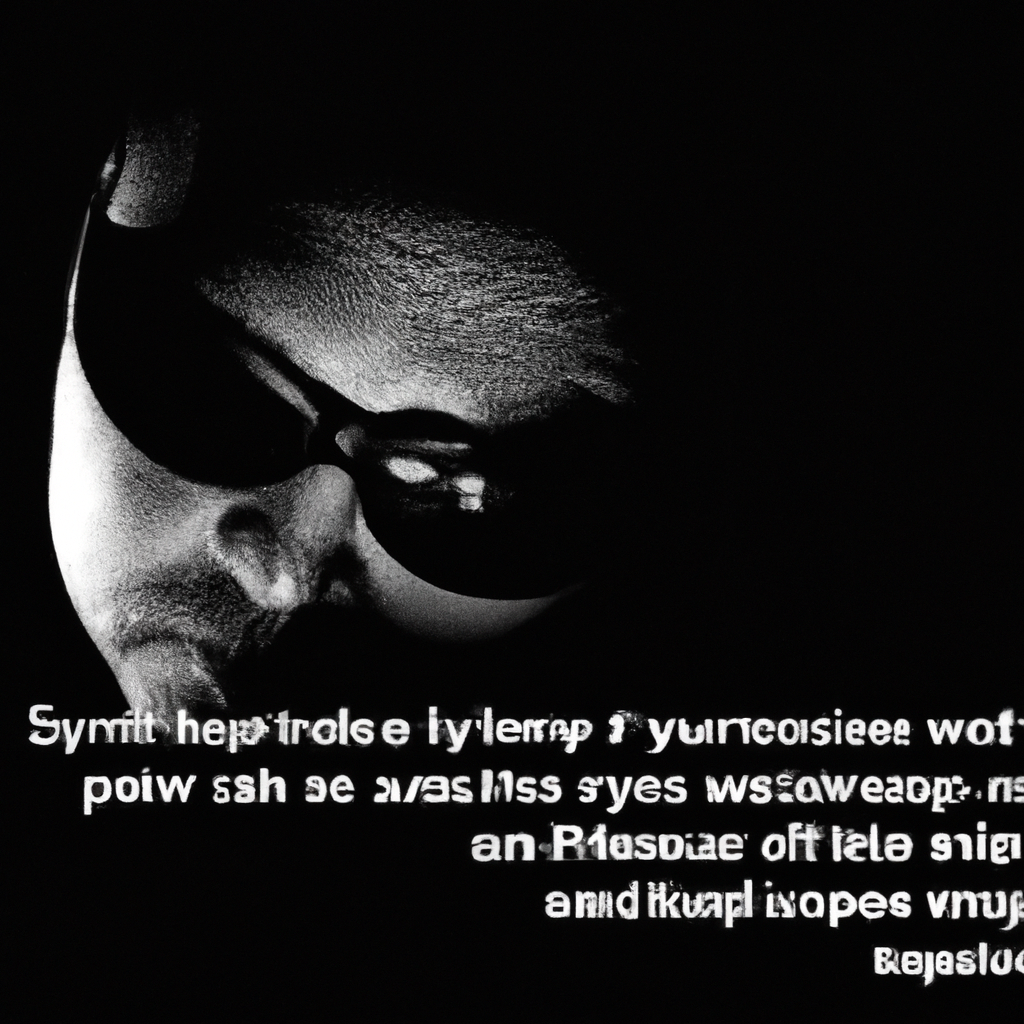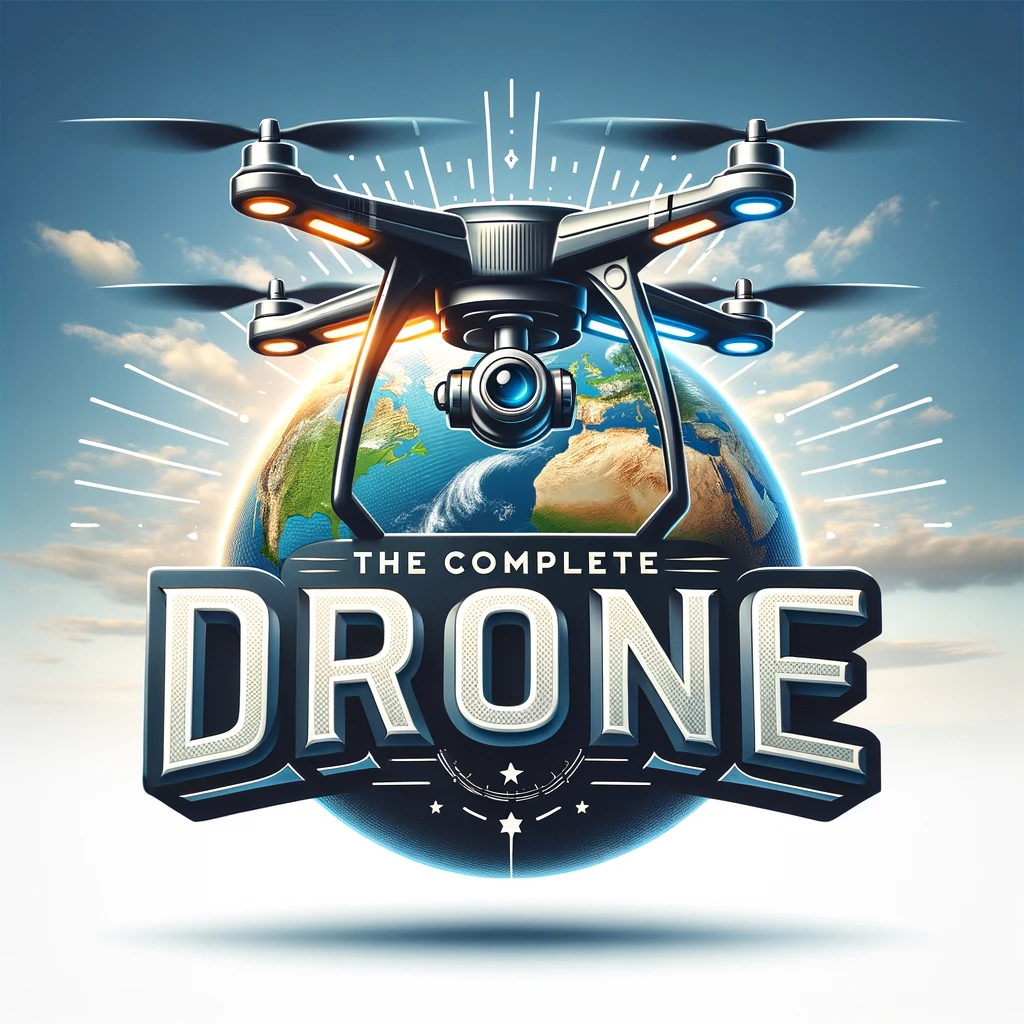Imagine enjoying a peaceful afternoon in your backyard, when suddenly you notice a drone hovering above, capturing every move you make. It’s an invasion of privacy, a violation that can leave you feeling uneasy and unsettled. But fear not, because in this article, we will explore practical steps you can take if you ever find yourself in this unnerving situation. From documenting the incident to understanding your legal rights, we will equip you with the knowledge needed to confidently face a drone spying on you and reclaim your sense of security.
Calling for assistance
Contacting the authorities
If you find yourself in a situation where a drone is spying on you, the first step is to contact the authorities. It is important to report the incident to the appropriate law enforcement agency in your area. They are equipped to handle such situations and can provide guidance on how to proceed. Make sure to provide them with all the necessary details, including the date, time, and location of the incident.
Alerting security personnel
In addition to contacting the authorities, you should also inform any security personnel that may be present in your vicinity. If you are in a public place or a private community with security personnel, they can assist in addressing the situation and potentially identify the individual responsible for operating the drone. They can also help document evidence and ensure the safety of those in the area.
Evaluating the situation
Determining the privacy invasion
Before taking any further steps, it is important to evaluate the situation and determine the extent of the privacy invasion. It is crucial to establish whether the drone is actively spying on you or if its presence is coincidental. Look for any signs that indicate the drone’s focus on you, such as hovering near windows, attempting to gain a better view, or following your movements.
Identifying the drone’s purpose
Once you have established that the drone is indeed spying on you, try to identify its purpose. Is it being used for recreational purposes, commercial surveillance, or any other malicious intent? Understanding the motive behind the drone’s actions can help in deciding how to proceed and can provide valuable information to the authorities.
Documenting evidence
While dealing with a situation where a drone is invading your privacy, it is essential to document as much evidence as possible. Take photographs or videos of the drone, its flight path, and any suspicious behavior. If you are able to, also record any visible markings or registration numbers on the drone. This evidence will be helpful in any potential legal proceedings or for providing to the authorities.

This image is property of images.pexels.com.
Safeguarding your privacy
Blocking line of sight
To protect your privacy, it is recommended to block the line of sight between yourself and the drone. If you are indoors, close curtains or blinds to prevent the drone from observing your activities. If you are outdoors, seek cover under objects or structures that can shield you from direct view. By obstructing the drone’s line of sight, you can limit the invasion of your privacy.
Avoiding sensitive activities
When you become aware of a drone spying on you, it is advisable to refrain from engaging in any sensitive or private activities until the situation is resolved. Move to areas where you feel more secure and avoid discussing sensitive topics while within earshot of the drone. This precautionary measure will help protect your privacy until appropriate action can be taken.
Closing curtains or blinds
If you notice a drone hovering near your windows or attempting to capture footage of your indoor spaces, closing curtains or blinds is an effective way to safeguard your privacy. This simple step can prevent the drone operator from gathering unwanted information about your personal life or property. Remember to regularly check for any gaps that could still enable the drone to observe you.
Using technology to interfere with the drone
In some cases, using technology may help interfere with the drone’s ability to collect intrusive data. Jamming devices designed to disrupt the drone’s signal may be available, but it is important to verify the legality of such devices in your jurisdiction. Additionally, some drones can be potentially hacked or overridden, disabling their operation temporarily. However, using technology to interfere with a drone should be done cautiously and within the bounds of the law.
Recording details
Noting date and time
When dealing with an incident involving a drone, it is crucial to note the date and time of the incident. This information will help in tracking patterns of drone activity and may be required when reporting the incident to authorities or seeking legal action. Make sure to document this information accurately and promptly to ensure its reliability.
Describing drone characteristics
Detailed descriptions of the drone’s characteristics are essential when reporting an incident. Take note of its size, shape, color, markings, and any unique features. Additionally, try to determine the make and model of the drone if possible. Providing such details will assist the authorities in identifying potential suspects and understanding the capabilities of the drone involved.
Recording any communication
If the drone operator attempts to communicate with you, it is important to keep a record of any exchanges. This can include phone calls, text messages, or any other form of communication. Preserve any evidence of the interaction, whether it is through recorded audio, screenshots, or written notes. This documentation can be valuable in determining the intent behind the drone’s actions and can be used as evidence if needed.
Noting witness accounts
If there are any witnesses to the incident, their accounts can provide additional support when reporting the incident or pursuing legal action. Interview them and ask for details about what they observed, including the drone’s behavior and any identifiable markings. These witness accounts can corroborate your own observations and provide a more comprehensive understanding of the situation.

This image is property of images.pexels.com.
Ensuring personal safety
Keeping distance from the drone
While encountering a drone spying on you can be unnerving, it is essential to remain calm and keep a safe distance from the drone. Avoid approaching or confronting the drone operator directly, as this may escalate the situation or pose a risk to your safety. Focus on finding a secure location and removing yourself from the drone’s vicinity.
Avoiding confrontation
Confronting the drone operator directly is generally not recommended, as it can potentially lead to unpleasant or dangerous situations. Instead, prioritize your safety by seeking out authorities or security personnel who can handle the situation professionally. They are better equipped to address the issue without putting yourself in harm’s way.
Moving to a secure location
If you are being targeted by a drone, it is important to move to a secure location as soon as possible. This could include retreating indoors or seeking shelter in a public place. By relocating to areas where you feel safer, you can mitigate any potential harm and ensure your personal security. Always prioritize your safety above engaging with the drone or its operator.
Reporting the incident
Contacting local law enforcement
If you have not done so already, contact local law enforcement to report the incident. Provide them with all the details you have gathered, including the evidence you have documented. The authorities have the expertise and authority to investigate the matter further and take appropriate action. Cooperate fully with any instructions they provide and follow their guidance throughout the process.
Reaching out to the FAA
In the United States, it is recommended to report incidents involving drones to the Federal Aviation Administration (FAA). The FAA is responsible for regulating the use of drones in the national airspace and can provide guidance on how to address the issue. Visit the FAA’s website or call their dedicated hotline to report the incident and seek their advice in handling the situation.
Informing your local community
Keep your local community informed about the incident to raise awareness and potentially gather additional information. Share your experience with your neighbors, community groups, and local authorities. This collective knowledge can help identify patterns of drone activity and prevent future privacy infringements. By working together, you can create a safer and more vigilant community.

This image is property of images.pexels.com.
Researching local regulations
Understanding drone laws in your area
To further protect yourself and gain a better understanding of your rights, research the drone laws and regulations specific to your location. Different countries and regions may have varying rules regarding drone operation and privacy protection. Familiarize yourself with these regulations to ensure you are well-informed and can take appropriate action based on the laws in your area.
Identifying prohibited airspace
Some areas have restrictions on drone flights, such as prohibited airspace zones around airports, government buildings, or sensitive infrastructure. Understand where these restrictions exist in your vicinity, as this information can be useful when reporting the incident to authorities. Knowing the specific areas where drones are not allowed can assist in identifying potential illegal activities.
Consulting legal professionals
If you believe your privacy has been severely violated or that legal action may be necessary, consider consulting legal professionals who specialize in privacy and drone-related cases. They can provide guidance on your legal rights, help navigate the legal process, and advise you on the appropriate course of action. Seeking legal advice can empower you to protect your privacy effectively.
Digital security precautions
Protecting sensitive data
In today’s digital age, it is important to be mindful of protecting your sensitive data from potential cyber threats associated with drone intrusion. Make sure your personal devices have strong passwords and consider using encryption for sensitive files or communications. Regularly update your security software and be cautious when sharing personal information online, as it can be exploited by malicious actors.
Securing your Wi-Fi network
Secure your Wi-Fi network by enabling encryption, such as WPA2, and using a strong, unique password. This helps prevent unauthorized access to your network, reducing the risk of any potential interference or data breaches by the drone operator. Regularly update your Wi-Fi router’s firmware to ensure it has the latest security patches and features.
Using encryption for communications
To enhance the security of your communications, consider using encryption technologies such as end-to-end encrypted messaging apps or virtual private networks (VPNs). These tools can protect your conversations and data from eavesdropping or interception. By utilizing encryption, you can safeguard your privacy and prevent unwanted access to your personal information.

Personal safety equipment
Wearing protective gear
In some situations, it may be appropriate to wear protective gear to shield yourself from potential harm associated with drone activities. Protective gear can include items such as gloves, long-sleeved shirts, and hats to minimize the risk of any physical harm, such as cuts or minor injuries. Assess the level of risk and consider wearing appropriate gear when necessary.
Using safety goggles or helmets
If you find yourself in an environment where drones are frequently present or if you regularly engage in activities where a drone’s intrusion may pose a risk, consider wearing safety goggles or helmets. These protective measures can provide an extra layer of safety, particularly when there is a potential for the drone to collide with objects or individuals.
Seeking legal action
Consulting an attorney
If you have exhausted all available options and feel that legal action is necessary, it is advisable to consult an attorney who specializes in privacy and drone-related cases. An attorney can guide you through the legal process, help gather necessary evidence, and advise on the best course of action. They will work in your best interest to seek appropriate legal remedies and hold the responsible parties accountable.
Gathering evidence for legal proceedings
If you intend to pursue legal action, gather all the evidence you have collected throughout the incident. This includes photographs, videos, witness statements, and any communication records. Compile this evidence in an organized manner and share it with your attorney. The more comprehensive and compelling your evidence is, the stronger your case will be in legal proceedings.
In conclusion, the invasion of privacy through drone activities is a concerning issue that requires proper attention and action. If you find yourself in a situation where a drone is spying on you, remember to prioritize your safety and take immediate steps to protect your privacy. Contact the authorities, document evidence, and report the incident to the appropriate agencies. Research local regulations, consult legal professionals if necessary, and consider digital security precautions to safeguard your privacy in the long run. By being proactive and vigilant, you can assert your rights and contribute to the collective effort of maintaining privacy in an increasingly interconnected world.


